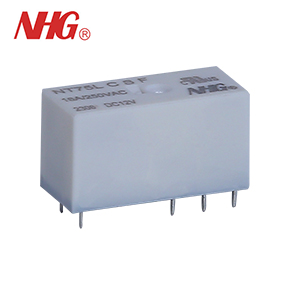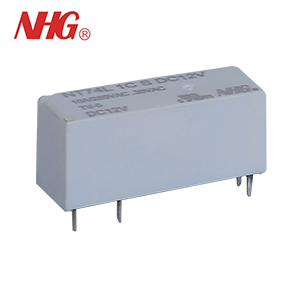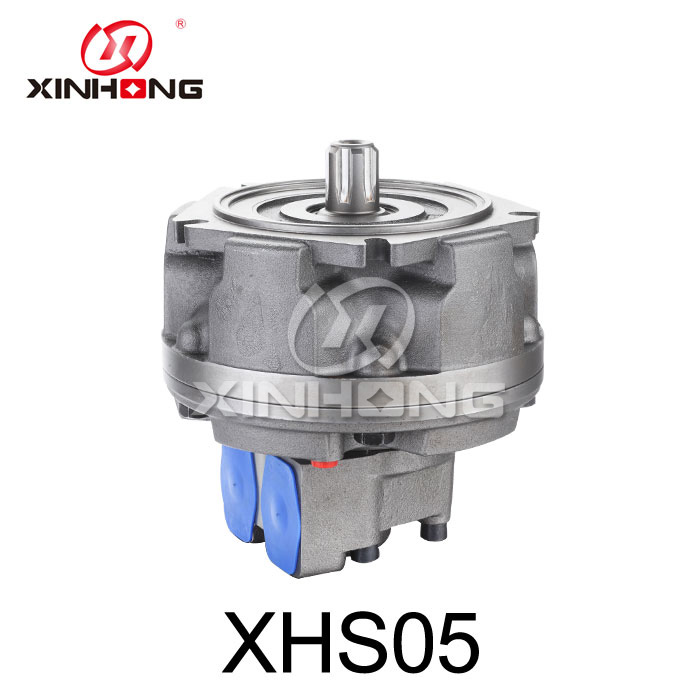Latching Relays
Latching relays, also known as bistable relays or impulse relays, are a type of electrical relay that maintains its state without continuous power consumption. Unlike standard relays that require a continuous coil current to remain energized and keep their contacts closed, latching relays have a uni......
Send Inquiry
Product Description
Latching relays, also known as bistable relays or impulse relays, are a type of electrical relay that maintains its state without continuous power consumption. Unlike standard relays that require a continuous coil current to remain energized and keep their contacts closed, latching relays have a unique design that allows them to switch and hold their position with just a momentary pulse of electrical power in one direction (set) and another momentary pulse in the opposite direction (reset).
Here are some key characteristics and features of latching relays:
1. Bistable Operation: Latching relays have two stable states: set and reset. They remain in their last set state until a specific reset signal is applied.
2. Low Power Consumption: One of the primary advantages of latching relays is their low power consumption. Since they only require a pulse of energy during the set or reset operation and no continuous coil current to maintain their state, they are highly energy-efficient. This can be essential in battery-powered or energy-sensitive applications.
3. High Reliability: Latching relays are known for their reliability because they don't generate heat during continuous operation, reducing wear and tear on the relay contacts. This makes them suitable for applications where long-term reliability is crucial.
4. Applications: Latching relays find applications in various industries, including telecommunications, industrial automation, transportation, and more. Common uses include memory storage in control systems, remote control applications, energy management systems, and power switching.
5. Set and Reset Coils: Latching relays have two separate coils: one for setting (energizing) and another for resetting (de-energizing) the relay. When a momentary pulse of power is applied to the set coil, it activates the relay, moving its contacts into the set position. Similarly, a momentary pulse to the reset coil moves the contacts into the reset position.
6. Switching Capability: Latching relays can be used to switch both low-voltage and high-voltage circuits, making them versatile in a wide range of applications.
7. Contact Configurations: Latching relays come in various contact configurations, including single-pole single-throw (SPST), single-pole double-throw (SPDT), and more, to suit different switching needs.
8. Latch Hold: Once a latching relay is set or reset, it remains in that state until the opposite coil is energized to change its state. This makes them suitable for applications where maintaining the state during power loss is essential.
Latching relays are often chosen for their power efficiency and reliability in applications where maintaining a specific switch state is important. They are particularly useful in situations where power conservation is critical, such as in remote and battery-powered systems or when switching high-power loads where continuous coil current would generate excessive heat.










